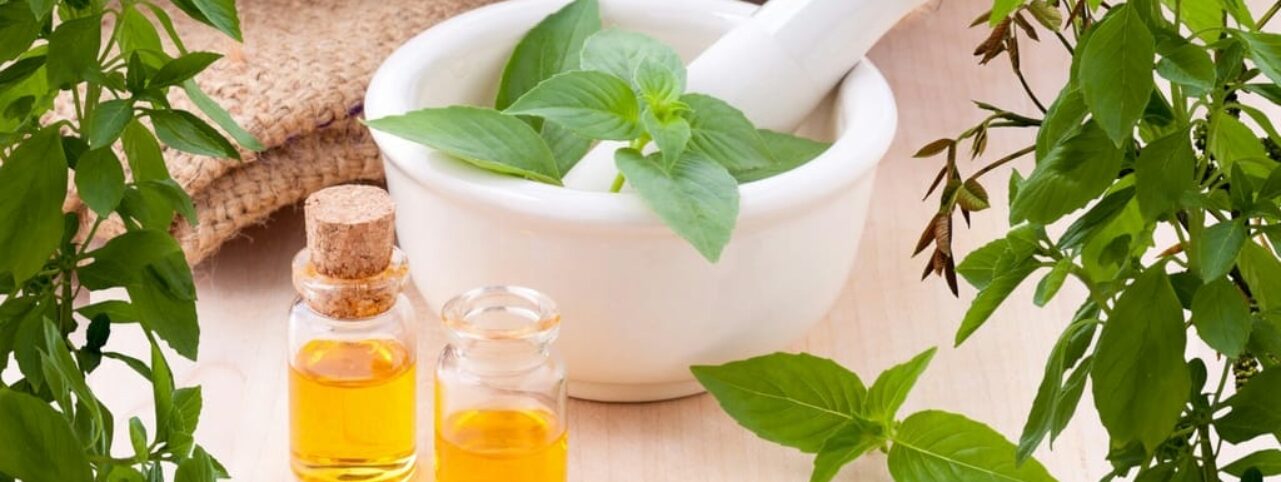Error: Contact form not found.

Essential oils are fragrant compounds extracted from plants that provide unique scents and flavors. Prized for their pleasant smells, flavoring and various health benefits, these oils are oily liquids that do not mix with water. They are commonly used in aromatherapy, food and drinks, cosmetics, personal care products, perfumes, medicines, insect repellents, and more.
With more research going on essential oil benefits and people increasingly shifting towards natural alternatives, the market for essential oils is expected to expand. That is why the production and use of these oils are growing quickly globally. In this case, you might wonder, “how do you make essential oils?”.
The way essential oils are extracted affects their quality, quantity and characteristics. Many areas still rely on traditional techniques for processing essential oils. This plays a crucial role alongside modern methods. Here, in this blog, we will go over the most common essential oil extraction methods to help you understand the process and what factors influence the quality of these oils.
Although there are different methods to extract essential oils from plants, the best method depends on various factors, including the type of plant, the scale of production, how much plant material is available and how the oil will be used. Read on to learn about some most common ways to extract essential oils from plants!
Related: Importance of Quality Control in Manufacturing Quality Essential Oil
Steam distillation is the most common method for extracting essential oils from plants for use in natural products. This process vaporizes the plant’s aromatic compounds such as flowers, leaves or bark, which are then condensed and collected. Simply put, the pressurized steam flows through the plant material and breaks open the structures that contain the oils, releasing both volatile and non-volatile compounds.
The resulting aromatic liquid separates into two layers: essential oil and hydrosol. Since oil and water do not mix, the essential oil floats on the water. This oil can be siphoned off. However, some essential oils that are heavier than water settle at the bottom.
One thing to note here is that it is important to control the pressure and temperature during steam distillation as it is the only way to prevent damaging the essential oils. The process can take anywhere from a few hours to several days to fully extract the oil depending on the type of plant.
Although newer, CO2 extraction is a very effective method of creating essential oils. The method involves pressurizing carbon dioxide until it becomes liquid. The liquid CO2 acts like a solvent that draws the oils out of the plants. When the pressure is released, the CO2 evaporates and leaves behind pure essential oil. This method operates at much lower temperatures than steam distillation.
This is how it preserves the natural properties of the plant. Essential oils from CO2 extraction of herbs are similar to those produced by distillation as both can be used in aromatherapy and natural perfumes. However, CO2 extraction typically produces higher-quality oils since it does not use high heat, which can alter the oils.
Cold press extraction, also called expression or scarification, is mainly used for citrus peels. It is a traditional method used for oils that can be damaged by heat, such as lemon, grapefruit and orange oils.
This simple process involves placing the whole fruit in a machine that mechanically pierces it to break open the essential oil sacs found on the underside of the rind. The essential oil and pigments then flow into a collection area, and the fruit is pressed to squeeze out the juice and oil. Since the mixture still contains solid bits from the peel, it needs to be centrifuged to separate the solids from the liquids.
Lastly, the oil separates from the juice and is siphoned off into a different container. Cold-pressed oils keep their natural flavors, sterols, vitamins and colors. However, this method may not be suitable for extracting oils in large quantities.
Maceration is an essential oil extraction method where plants are soaked in a base oil, such as Olive or Sunflower oil. The plants stay in the oil for a while to allow their essential components to dissolve into the oil. Macerated oils, also known as infused oils, are made by using carrier oils to extract the beneficial properties from plant materials.
These oils capture more of the plant’s essence, including larger molecules that distillation might miss. In other words, they retain more of the plant’s valuable benefits. This is the key advantage that sets macerated oils apart from distilled oils.
Solvent extraction uses safe solvents like ethanol, methanol, pentane, hexane, etc, to extract essential oils from plants. The chosen solvent moves through the prepared plant material to help release the essential oils. After extraction, the mixture of solvent, plant oils and solid plant parts is usually filtered and vacuum distilled to remove as much solvent as possible.
Once the solvent is removed, the result is a concentrated form of the essential oil, known as an absolute or concrete. This method is great for plants and flowers like roses and jasmine that do not produce much oil, are too delicate for steam distillation or have a lot of resin. It helps create a more refined fragrance than distillation methods.
Also Read: The Power of Essential Oils: How Aromatherapy Enhances Well-Being
Making essential oils involves different processes. Choosing the right essential oil extraction method is important for getting high-quality essential oils and ensuring each essential oil meets its specific needs. Each method has its own pros and cons.
In this case, the best choice depends on the type of plant, how the oil will be used, and the quality needed. We at Sivaroma only use the best methods to deliver the purest and most effective essential oils. Feel free to contact us for more information about our product range or to place an order!